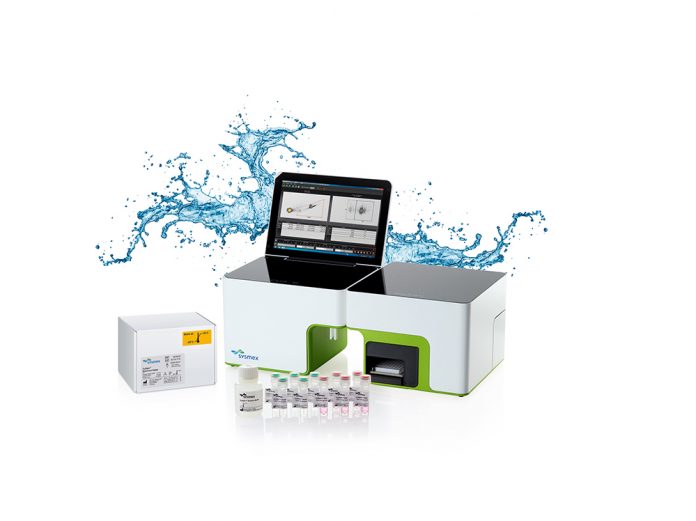Quantifying bacterial concentrations in water samples is a necessary process to evaluate and contain microbiological contamination. Heterotrophic plate count (HPC) measurement is still the standard method to determine microbial contamination, yet a number of more modern methods are emerging. Flow cytometry has proven to be a fast and effective method that can be easily standardized and automated. It has become a vital and relevant alternative to classic HPC testing. The analysis of microbial contamination in water samples is of significant importance across a variety of sectors, for example assessing the quality of drinking water from different sources or for the control of industrial water. A quick and reliable assessment of bacteria concentration will ensure early preventative action can be taken.
The old standard: HPC testing
Currently, most countries perform bacterial quality control analyses with by HPC. This method dates back over 100 years to Robert Koch, who established the microbiological status of drinking water by counting bacterial colonies on agar plates. Today, limitations of this method have become apparent:
- Not all microorganisms in water grow and build colonies on solid growth media. These bacteria are considered ‘viable but non-culturable ‘.
- Only about 1% of the total amount of bacteria in water samples can be detected by this method.
- Evaluation of culture plates requires a considerable amount of labour.
- HPC tests vary with regards to their user-defined testing conditions. This creates a wide range of quantitative and qualitative results and thus complicates the standardisation and comparability of analyses.
- However, the biggest limitation is that results are delayed due to incubation times. Depending on the chosen conditions, the incubation period can be anywhere from one to 14 days.
State-of-the-art: Flow Cytometry
In 2012 the Swiss authorities began recommending flow cytometry as a suitable method for detecting microbial contaminants in fresh water, in response to the limitations of HPC testing.
Flow cytometry is a procedure that allows for the detection or identification of particles in a suspension such as water. Flow cytometry analysis is carried out through the analysis of scattered and/or emitted fluorescent light while the particles pass through a laser in the flow cell.
The laser beam illuminates single cells and the resulting forward and side scattered light, as well as the emitted fluorescent light, are recorded and used to characterize the measured cells. Using fluorescent dyes, all bacterial cells can be identified and separated from non-biological particles. Quantitative staining of DNA (Figure 1) enables the differentiation of bacteria with a high nucleic acid content (HNA) from those with a low nucleic acid content (LNA). Flow cytometry not only counts the bacteria that can grow on agar plates, but also dead, or non-viable bacteria. Therefore, HPC results and the total cell count (TCC) or viable cell count (VCC) results in flow cytometry analysis can differ by a factor of 100 to 10,000. Flow cytometry has been shown to be a versatile method for these applications. Its strengths include:
- High sensitivity of the methodology due to the fact that all bacteria are counted.
- Rapid results (< 20 mins)
- High reproducibility (< 5% SD)
- High throughput and ease of implementation
- The ability to differentiate between viable and non-viable bacteria.
To simplify implementation of flow cytometry water testing, Sysmex Partec have developed a coordinated solution: the CyFlow™ Cube 6 V2m flow cytometer and the CyStain™ BacCount Total and CyStain™ BacCount Viable kits (Figure 2). An auto loading station – the CyFlow™ V2m Robby – can be added for rapid, automated processing of 96-well or 48-well microtiter plates. The solution is completed with standardised software, powerful reporting capabilities and quality control.
A glance into the future
Automated monitoring of water samples by flow cytometry opens up new possibilities for the industry. The advantages of flow cytometry compared to HPC testing, such as analysis speed and standardisation, can be further increased by introducing automation into the workflow. Flow cytometry has the potential to consign traditional bacterial water analyses to the past by providing a faster and more reliable method of water bacterial detection across a variety of sectors.
Web: https://uk.sysmex-flowcytometry.com
LinkedIn: www.linkedin.com/company/sysmex-uk-flow-cytometry
Contact: flowcytometry@sysmex.co.uk



